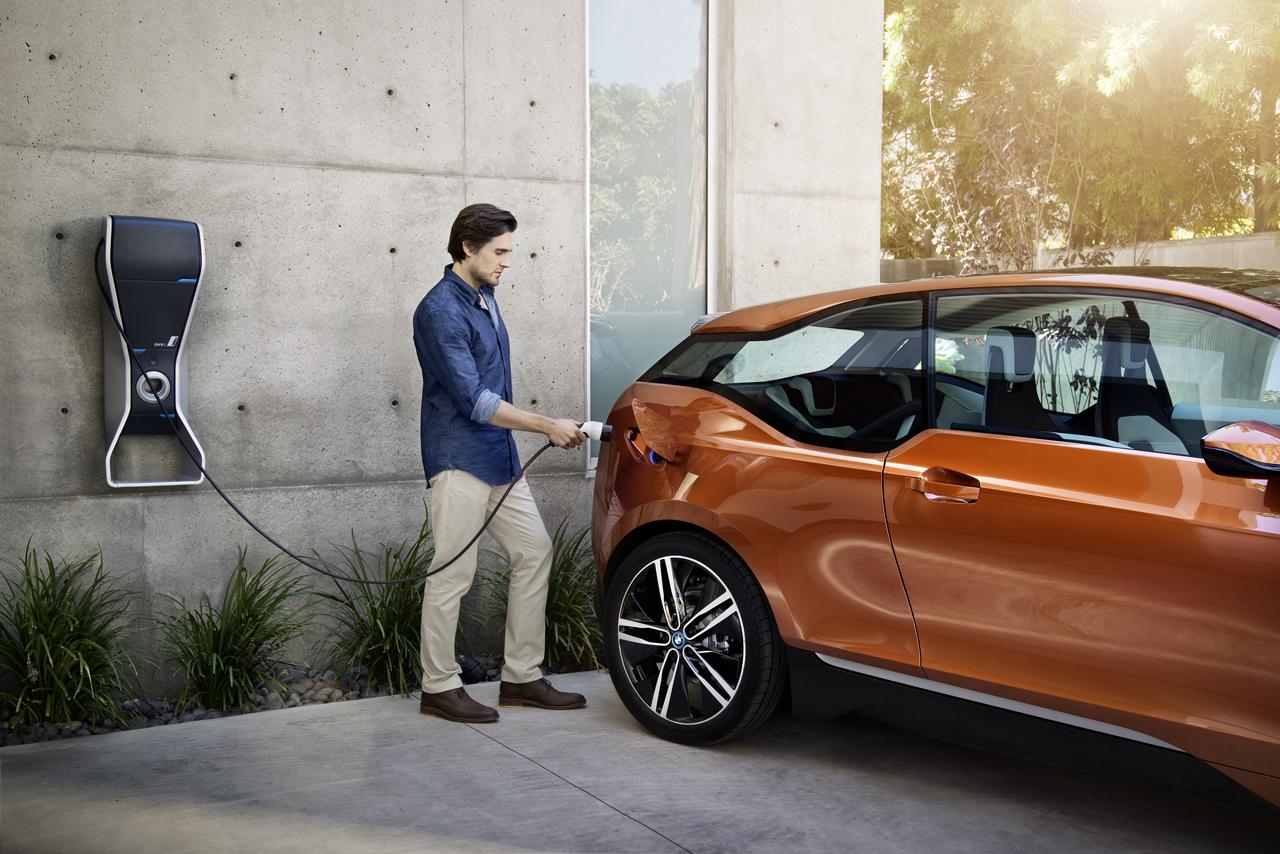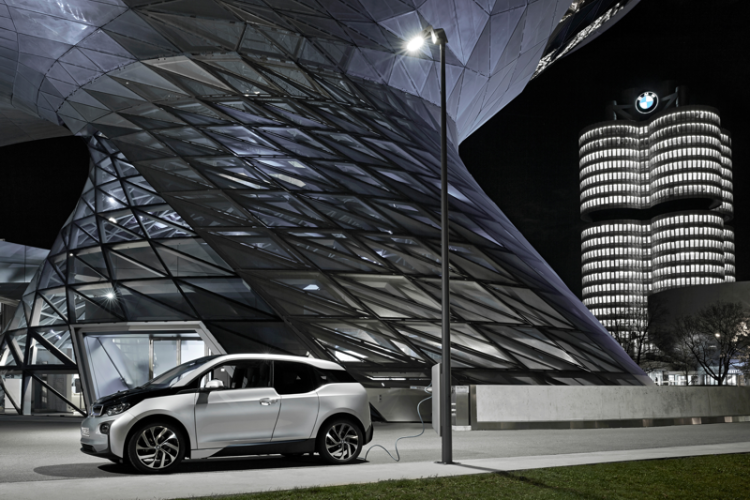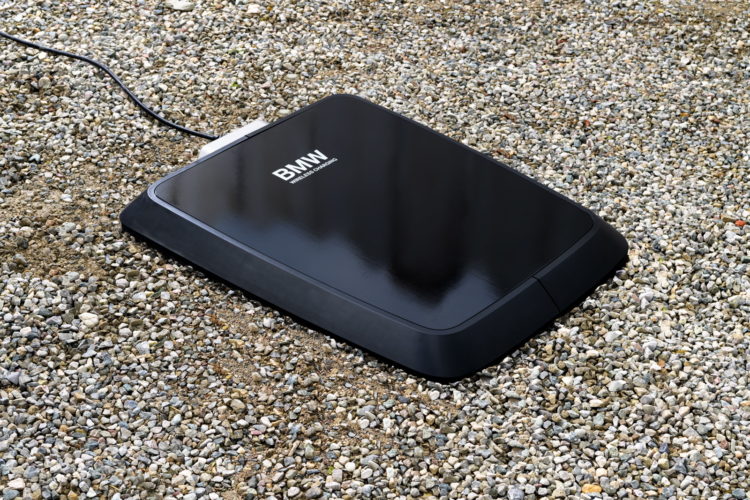Electric cars seem to be the next logical step in the development of the automotive industry but there’s still a long way to go. EVs need more than just big batteries and quick recharging times. An issue that a lot of people who haven’t owned an electric car so far are simply not aware of is the fact that different manufacturers use different charging plugs. Tesla has its own, and other manufacturers have their own as well, a couple of them being quite different, which is why if you stop at a charging station you’ll notice a number of different plugs available.
That, in turn, leads to higher costs for those developing the charging infrastructure around the world and BMW, Daimler and Volkswagen plan to do something about it. Developing the infrastructure for electric cars is expensive enough as it is and the German trio is going to join forces with Ford to try and set up a standard that would be used at large, thus reducing costs considerably.
The move comes as part of the Combined Charging System in Europe, a plan to build 400 high-power charging stations on main roads across 18 European countries by 2020. When announced, the four manufacturers did say that a solution in this regard is needed. “In the end, it is about safe-guarding investments for those that are investing in electric mobility,” said Claas Bracklo, head of electromobility at BMW and the chairman of the Charging Interface Initiative (CharIN), which is backing CCS, to Automotive News. “We have founded CharIN to build a position of power.
The aim would be to reach a similar solution to the one-size-fits-all nozzle used to refuel conventional cars these days. However that’s unlikely as each manufacturer apparently has its own charging port but this cannot continue. In the end there will be winners and losers as the number of choices has to be reduced. Therefore, the winners will probably gain an edge over the competition while those betting on the losing chargers will lose the money invested in R&D for them.
At the moment there are four main type of chargers available. There’s the CCS backed by the EU and the European car makers, Tesla’s Supercharger system, CHAdeMo (or Charge de Move) developed by Japanese manufacturers like Nissan and Mitsubishi and GB/T in China. It may seem like the CCS has the upper hand at first but the numbers show that the most popular is GB/T with over 127,000 charging points using it already installed.
Then there’s CHAdeMO available at 16,639 chargers worldwide, installed in both Japan and Europe. This particular system seems to be the best choice overall as it allows a bi-directional flow of current, letting you feed electricity from your car’s battery back into the grid to make some money if you want to, when there’s a high demand for electricity throughout the city’s power grid. Tesla has 8,496 Superchargers installed, most of them in the US while CCS chargers are counting for about 7,000 charging points worldwide.
CCS features a double-plug which allows you to charge your car using either AC or DC and that’s an important detail to keep in mind. Using DC (direct current) the charging time is drastically reduced in most cases, depending on the power the station can deliver. The most powerful 400 kW stations car recharge cars in about 10 minutes, a drastic improvement compared to a couple of hours needed for AC stations to get the same job done.
Then there are other means of recharging your car, the most interesting one in my view being the wireless charging ports developed by various manufacturers these days. I’m talking about BMW most of all, as the 530e is about to get its first wireless charging system when it comes out later this year and one thing’s for sure: no unique solution will come around any time soon as it was the case with petrol stations. Most likely, more than one type of charger will be used but the number of choices needs to be reduced.








































































